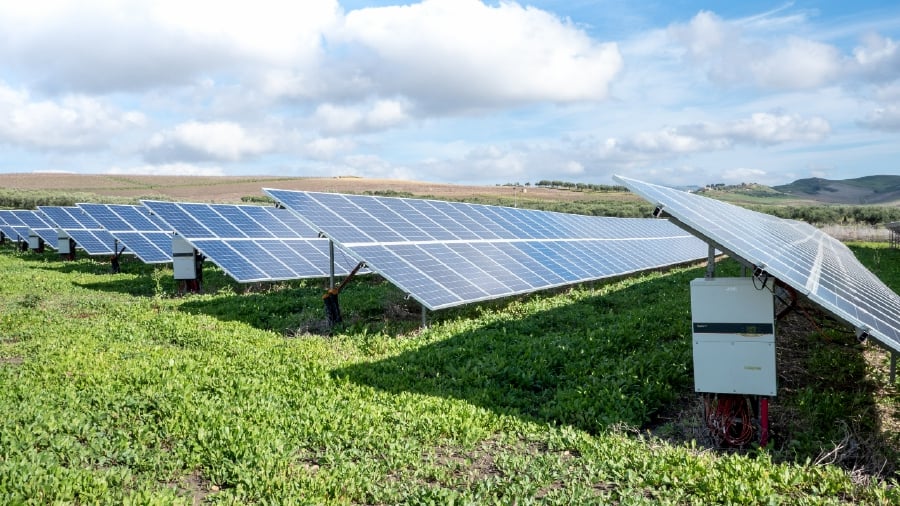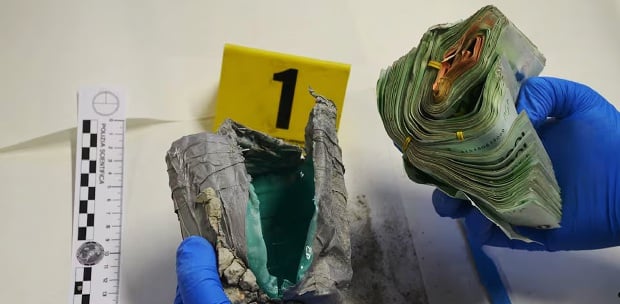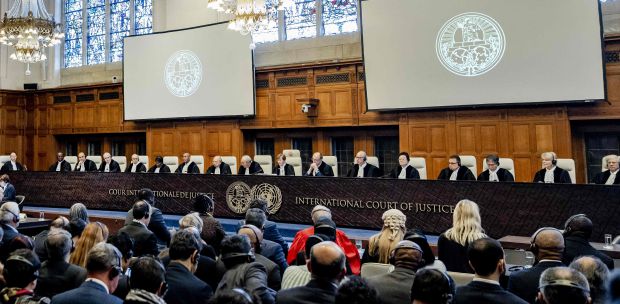TENAGA Nasional Bhd (TNB) and Petronas recently announced a collaboration on joint feasibility studies on hydrogen and carbon capture.
They also plan to reopen the Sultan Ismail Power Station in Paka, Terengganu, which is a retired combined-cycle gas-fired power plant, with hydrogen-ready technologies for cleaner electricity generation.
While this is a progressive move, TNB and Petronas need to comprehensively evaluate the wider system implications of hydrogen supply-chain investments to ensure net social welfare gains are realised.
Malaysia is currently considering two hydrogen production routes — blue and green hydrogen.
While blue hydrogen production is more closely aligned with Petronas' current expertise, there has to be a solid plan to make green hydrogen the preferred option in the long run.
As blue hydrogen production becomes increasingly expensive and easier-to-extract natural gas resources are exhausted over time, producers will be forced to extract gas from unconventional reservoirs.
Meanwhile, the decreasing prices of renewables and electrolysers indicate that green hydrogen production will be more economical in the long term. Green hydrogen's ability to absorb excess power generation could also mitigate future network congestion.
TNB and Petronas should also factor in social and environmental implications.
Blue hydrogen production is not entirely "clean", as it emits carbon.
The Institute for Energy Economics and Financial Analysis found that even the most advanced carbon capture and storage technologies on blue hydrogen production sites are capable of capturing only 77–83 per cent of emissions.
Relying on this hydrogen source also contributes to upstream emission in natural gas production.
Not only will the emissions from blue hydrogen production impact public health and the environment, but overdependence on it is also against the long-term goal of net-zero emissions.
Moreover, the economics of blue hydrogen may also be less optimistic, especially the market prospects. Blue hydrogen exports could be hampered as the region transitions to a more climate progressive agenda.
Advanced energy markets, like the European Union, are already in discussions to establish the Carbon Border Adjustment Mechanism, which aims to tackle carbon leakage by ensuring that the embodied carbon emissions of imported goods are priced appropriately.
So we might see a future when blue hydrogen exports face a carbon tax and become less economically favourable.
Internalising the social and environmental cost of each hydrogen production route in investment considerations can help promote green hydrogen production and prevent Malaysia from entering a blue hydrogen-dominant future.
A way to deal with this would be to account for the Social Cost of Carbon (SCC) in hydrogen investment decisions, alongside socio-economic welfare implications.
The SCC quantifies the economic cost of societal damage of each additional tonne of CO2 emission. Great Britain is already using SCC that is projected by credible institutions.
Malaysia can adopt similar methodologies to ensure that the long-term social and environmental welfare is not compromised.
While it is sensible for Petronas and TNB to explore blue hydrogen production in the short-to-medium term, they must consider the wider system implications of hydrogen investment so Malaysia can be a leader in green hydrogen in the long run.
The writer is an energy market analyst at a leading consulting firm in London and holds an MSc in Energy Systems from the University of Oxford





